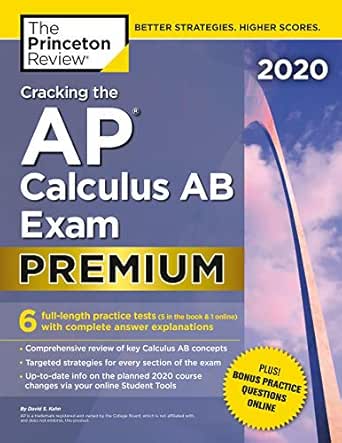Online learning, using an ultralight portable laptop or tablet and a reliable high-speed internet connection, is so common in 2020 that it’s noteworthy when it doesn’t happen. But 35 years ago, the idea of bringing groups of students together from different geographic locations to take a class with a teacher who was somewhere else, too, was inconceivable. Personal computers were rare sights in classrooms, the internet was slow and used primarily by university and government researchers, and all of the equipment needed to network classrooms was prohibitively expensive. Taking a class on a computer? Sounds like a plot point in a crazy sci-fi movie!


And yet, that’s how students at five different rural New York schools attended an AP Calculus class, taught by a college professor in yet a different place, in 1986. Reading James Leach’s article about this experiment in distance learning, originally published in the Summer 1986 issue of The College Board Review, is kind of mind bending. Yes, it’s dated—floppy disks are vital to the class succeeding—but it also points to our digital present: Tucker uses a nascent iPad® and Apple Pencil® to answer student questions. Students draw letters that appear on everyone’s monitors, pointing toward touchscreens and tactile computing. Everyone’s routed through a connection handled by AT&T®, which anticipates the kinds of networks that power our smartphones.
We’ve certainly come a long way from that pilot AP Calculus project , but nearly four decades later it still resonates as an experiment in potential and hope—for innovating new ways to learn, and for connecting students in far-flung places with education and opportunity.
Tucker is teaching Advanced Placement ® (AP) Calculus to 16 high school students. The students are located in 5 schools up to 100 miles apart in rural upstate New York. The course, and Tucker, are available to the students because of the computer and phone-line hookup.
Hello Ap Calculus Test
- Differential calculus. Application of derivative (Taylor series, extreme value problems, Newton’s Method). Integral calculus. Application of Integral (Volumes, arc length, area of surface revolution). Infinite sequences and series (limits and convergence). These 7 sections of Calculus 1 are divided into several subsections.
- Use Calculus: Early Transcendentals 6th Edition by Stewart. I used it to study for AP Calculus BC and along with PatrickJMT it helped me do well on the exam. You should use this book because you can find this book and the book's solution's manual very easily in the internet. The solution manual has solutions for all odd problems and is very useful.
